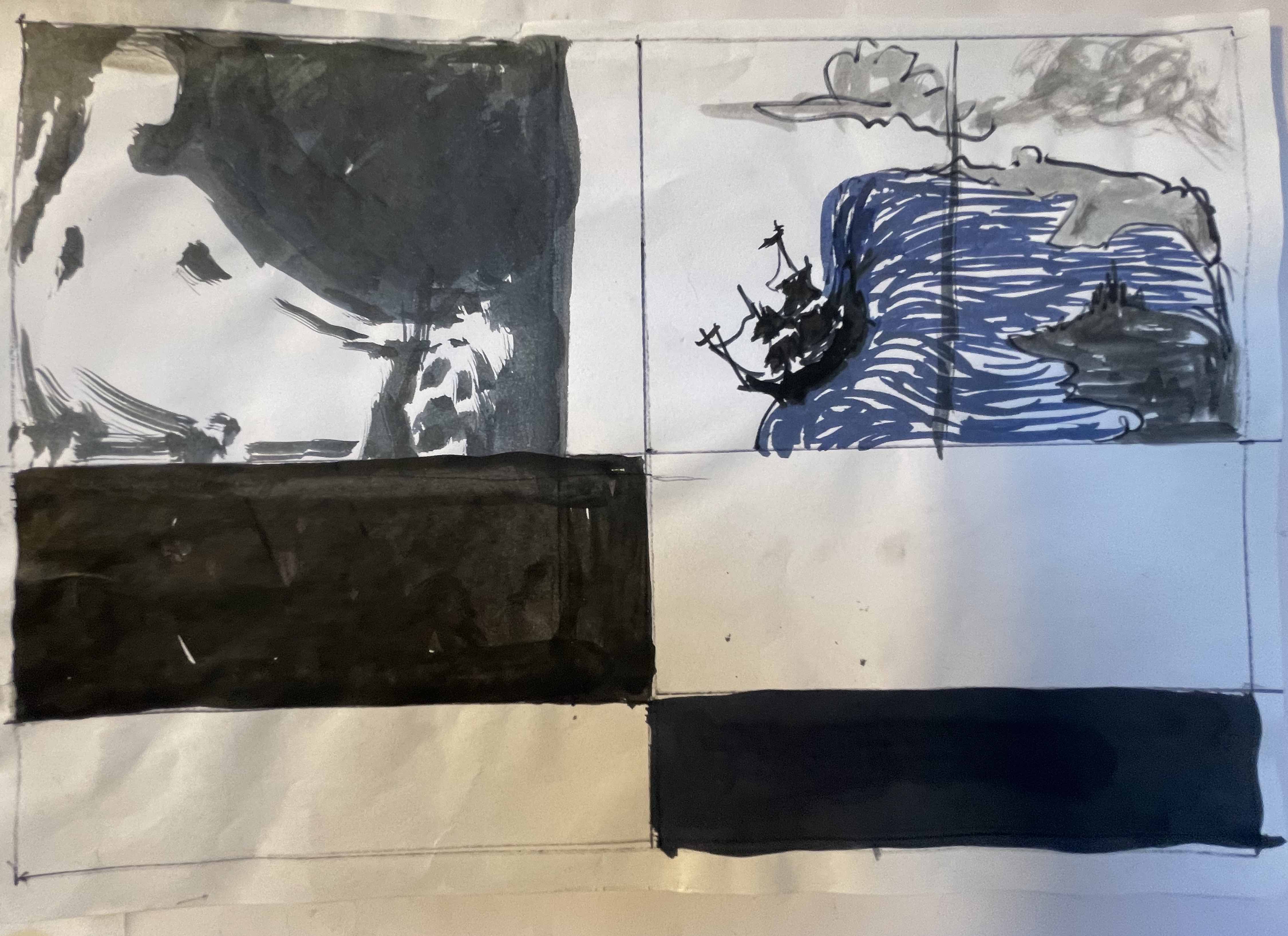STUDIES: going slow to go fast

The value of a fully resolved study before you begin a painting large or small, cannot be over-estimated. It’s like having a good map and in my experience it ultimately saves you time but also money on expensive materials. Maybe you work over and over on an idea in many studies or come back to it after some time from a different angle, experimenting with tone, or the palette or the scale. Or maybe you have a fully formed picture in your mind and nail it in a quick thumbnail sketch in charcoal, or ink and then scale it up. With a resolved study at best you will save yourself time, precious materials and a lot of dead ends. At worst you will spare yourself a loss in confidence from searching for a picture in the dark. There’s no mystery why things become tradition and fundamentals in a craft or skill...because they are time tested and they work. I keep all my sketches and studies no matter how random or scrappy, because when I do a major studio clean once or twice a year, I go through everything and lay out studies in groups as below, with palette samples and other studies, either in keeping or not, and a flurry of ideas will surface. Sometimes new ideas lead to a resolved work that I was wanting to make for ages, or a whole concept for a show emerges. Because I am still on a steep learning trajectory with cold wax painting, I aim to do half a dozen quick wax studies at least twice a week if not every day. I choose one opaque and one translucent colour and I think about contrast for a third. I use oil sticks to make some marks and give myself around 20 minutes maximum to make 6 works with a total of 3 layers. Usually one of two of these quick studies are worthy of being a finished small work with often just the addtion of a little fine brush work or dry pigment to create final delciate effects. Regardless it is a pressure free session and the main benefit to this exercise is discovering each time something more about how cold wax can be manipulated and what sublte yet profound shifts can be made with the same limited palette but different layering or handling.

















